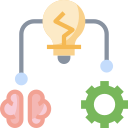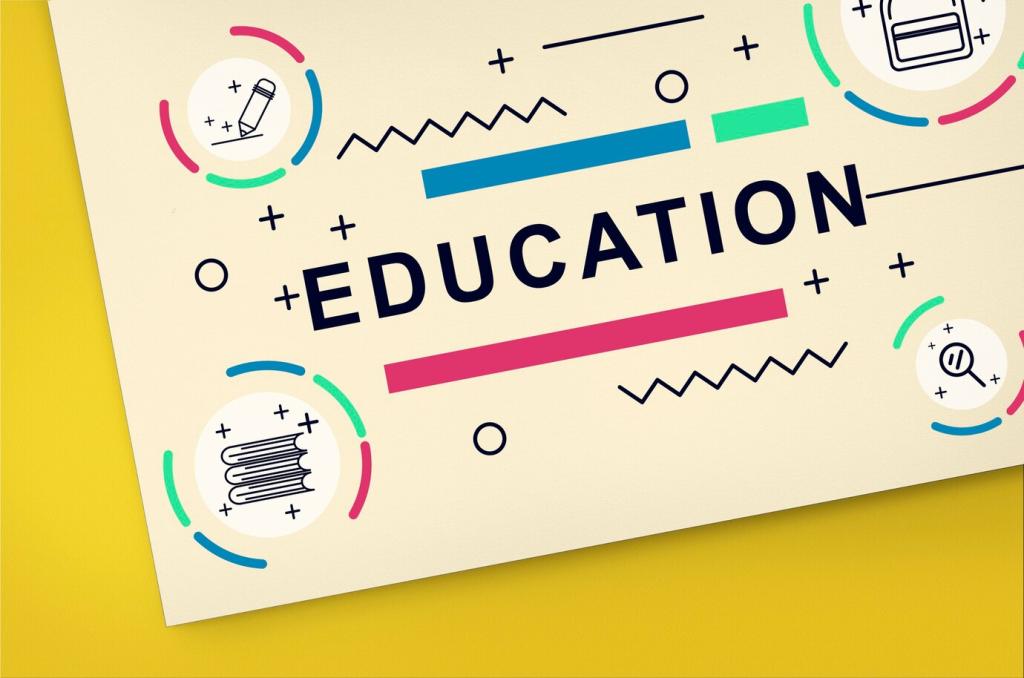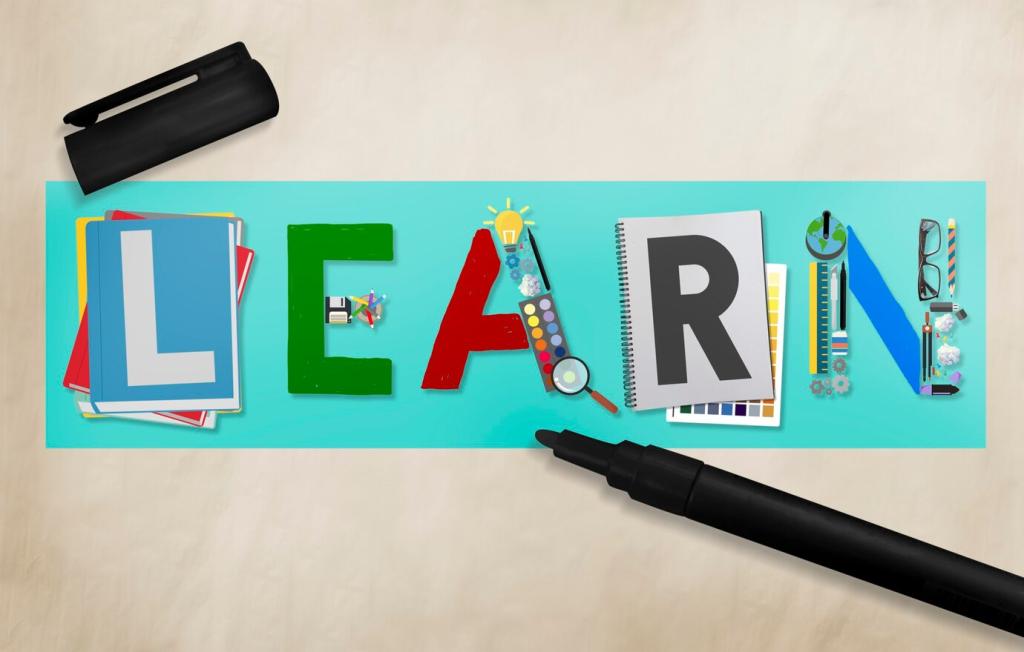Assessment and Feedback That Fuel Growth
Design rubrics that separate language targets from collaboration behaviors: clarity, turn-taking, and evidence of negotiation. Share criteria in advance and model high-quality exchanges. Post your rubric questions in the comments, and we’ll host a community edit to improve them together.
Assessment and Feedback That Fuel Growth
Teach sentence starters for constructive feedback—“I noticed…,” “Could you try…,” “One strength is….” Limit corrections to two targets per task to avoid overload. Students track revisions, seeing progress unfold. Subscribe to receive printable stems in multiple proficiency levels.







